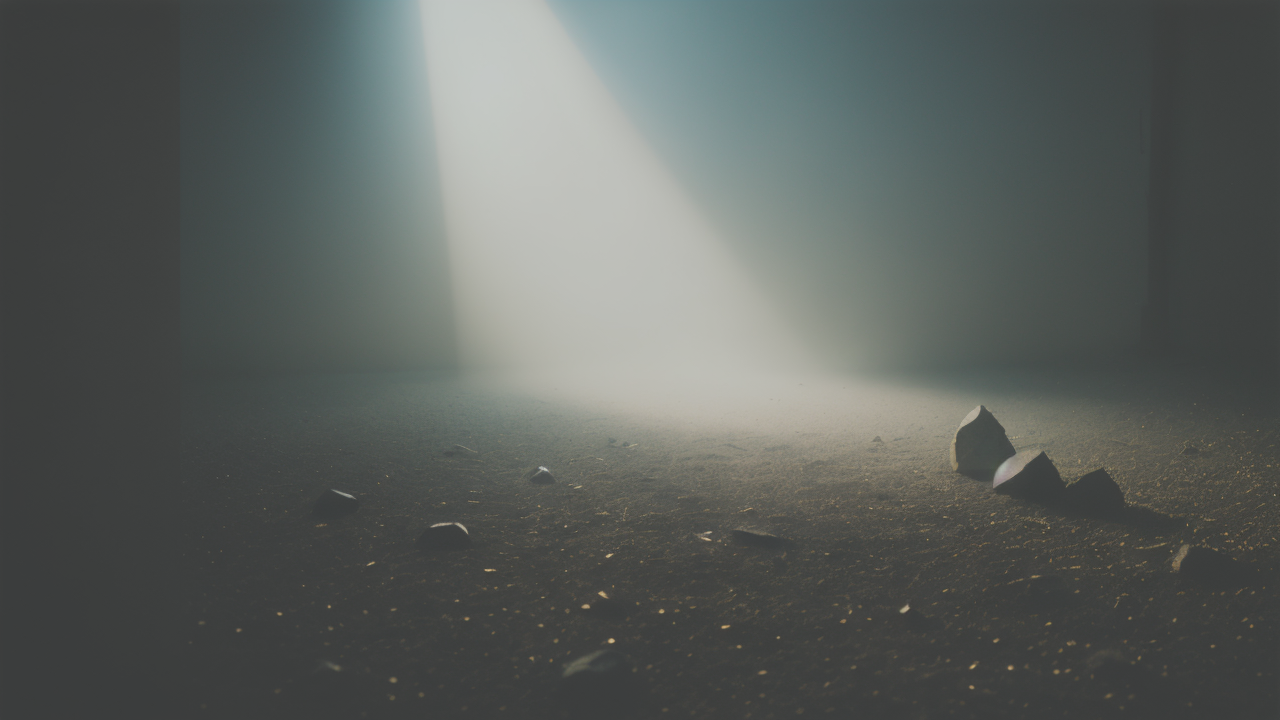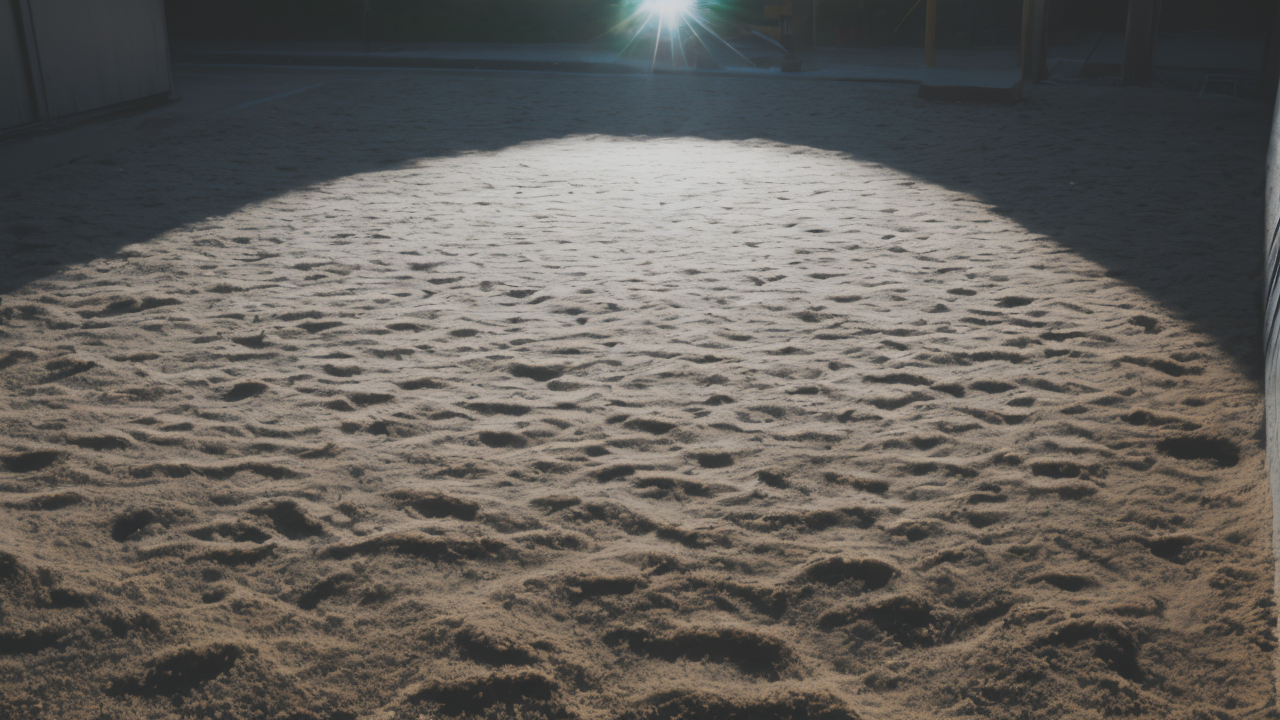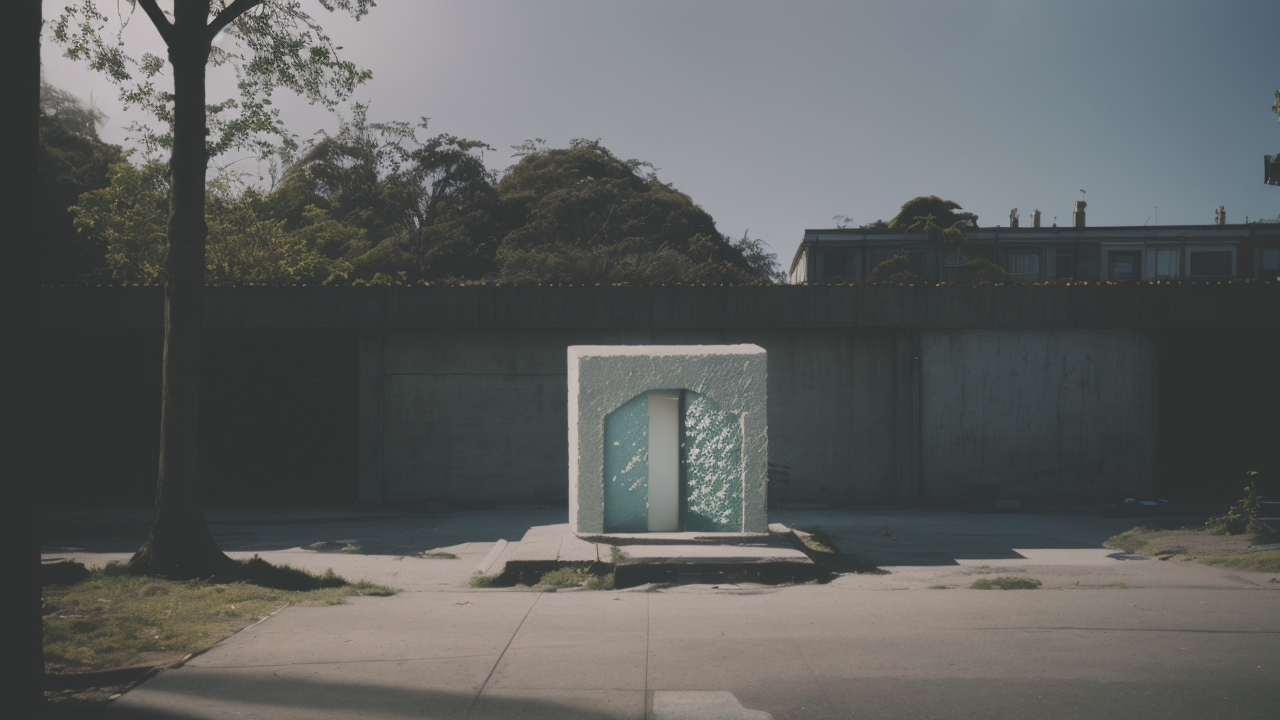
SCP-073: Inspiring Urban Art Through Fictional Anomalies
Introduction to Wabi-Sabi Art: A Zen Approach to Urban Creativity
The Roots of Wabi-Sabi in Japanese Culture
Wabi-sabi is a Japanese concept that values imperfection and transience. It comes from Zen Buddhism and tea ceremonies. The idea embraces simplicity, asymmetry, and the beauty of aging. In art, wabi-sabi celebrates rough textures and natural materials. It finds beauty in things that are imperfect or incomplete. This view differs from Western ideas of perfection and permanence. Wabi-sabi art often uses natural elements and focuses on the present moment. It teaches us to appreciate fleeting beauty. The concept is deeply rooted in Japanese aesthetics and worldview. It helps us find meaning in the ever-changing nature of life. Wabi-sabi reminds us that nothing lasts forever, and that's okay.

Adapting Wabi-Sabi Principles to Urban Art
Urban artists are now using wabi-sabi ideas in city landscapes. They make temporary art that embraces imperfection. This art often uses found objects or natural materials. Artists create beauty in unexpected places. They might use chalk, leaves, or even ice. The goal is to make art that changes or disappears over time. This challenges the idea that art must last forever to matter. It encourages people to be present and notice their surroundings. Wabi-sabi urban art can turn ordinary spaces into moments of wonder. It helps us find beauty in everyday life. This art form reminds us to appreciate the present moment. It shows that even temporary things can have great value and impact.
The Process of Crafting Wabi-Sabiart in Public Spaces
Selecting the Right Materials for Your Urban Palette
Choosing materials for wabi-sabi urban art requires careful thought. Natural, biodegradable items work best. These might include:

- Chalk
- Leaves and flowers
- Sand or soil
- Recycled paper
- Biodegradable paints
Artists often use objects found in the city. This could be old wood, rusty metal, or worn stone. Pick materials that will change or decay over time. This fits the wabi-sabi idea of impermanence. Think about the texture and color of your materials. How will they look in the urban setting? Will they blend in or stand out? Try to create art that feels both part of and different from its surroundings. Consider how your materials will age or disappear. The changing nature of your art is part of its beauty.
Techniques for Quick and Ephemeral Art Installations
Creating wabi-sabi art in cities requires speed and flexibility. Here are some techniques to try:
- Stenciling: Use pre-made stencils for fast, repeatable designs.
- Chalk drawing: Make large works that wash away in the rain.
- Leaf arranging: Create patterns with fallen leaves or petals.
- Ice sculpting: Shape ice blocks that melt over time.
- Sand painting: Make designs that blow away in the wind.
Focus on simple, bold designs you can make quickly. Practice before you go to your site. Think about how your art will change. Will it fade, melt, or blow away? Embrace these changes as part of your art. Remember, you're creating a moment of beauty, not a permanent piece. Be ready to work fast and adapt to your environment. The fleeting nature of your art is what makes it special.
Navigating Legalities in Public Art
Making art in public spaces means knowing local laws. Look up your city's rules on public art and graffiti. Some places have areas for temporary art. Others need permits for any public art. Here are key points to remember:
- Ask property owners for permission when you can.
- Use materials that don't cause damage.
- Be ready to remove your work if asked.
- Don't use private property without clear permission.
- Try working with local art groups.
The goal of wabi-sabi art is to create beauty, not trouble. Respect public spaces and think about your impact. If someone questions you, be polite and explain your art. Many people like temporary public art once they understand it. Following rules helps you make meaningful art without legal problems. Always put safety and respect for public property first.
Impact and Audience Reception of Wabi-Sabiart
Case Studies: Successful Wabi-Sabi Projects in the United States
Several artists have brought wabi-sabi ideas to U.S. cities with great success. Andy Goldsworthy made "Drawn Stone" in San Francisco. He created a crack in stone pavers, showing beauty in imperfection. In New York, Molly Dilworth made "Cool Water, Hot Island" in Times Square. She painted patterns that changed with weather and foot traffic. Daniel Dancer creates "Art For the Sky" in Portland. He uses people and nature to make brief, large-scale art. These projects show how temporary art can change urban spaces. They prove that wabi-sabi can create lasting memories, even if the art itself doesn't last.

Interactive Audience Participation and Community Impact
Wabi-sabi urban art often lets people join in. This creates a sense of community and shared experience. Some projects let people add to the artwork. Others invite people to watch the art change over time. This interaction can:
- Make people feel proud of their public spaces
- Help people be more mindful in daily life
- Start talks about art, nature, and change
- Bring unexpected joy to city life
When communities get involved, they often appreciate public art more. It can help people see their surroundings in new ways. By taking part in wabi-sabi art, communities connect more with their urban landscape. This kind of art brings people together. It creates lasting memories, even if the art itself is temporary. It shows that everyone can be part of creating beauty in their city.
The Transformative Effects of Wabi-Sabi on Urban Aesthetics
Wabi-sabi art can change how we see cities. It challenges the idea that cities must be perfect and unchanging. Instead, it finds beauty in decay, weathering, and change. This approach can:
- Highlight overlooked parts of urban environments
- Make harsh cityscapes softer with natural elements
- Help people appreciate the passage of time
- Promote eco-friendly art practices
By embracing imperfection, wabi-sabi art makes cities feel more human. It invites people to slow down and notice small beauties around them. This new way of seeing can lead to better urban design. Wabi-sabi urban art reminds us that beauty is fleeting and precious. It can change how we relate to our cities. It helps us find joy in everyday surroundings. Through wabi-sabi, we learn to value the present moment and the ever-changing nature of urban life.


